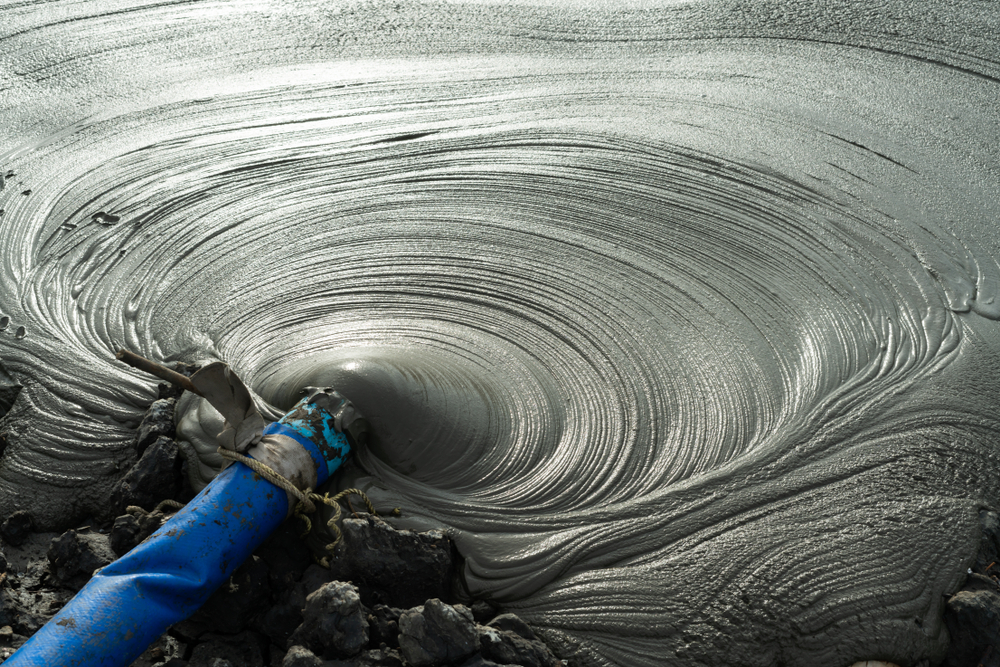Drilling Fluid Foaming Tendency Test
The Drilling Fluid Foaming Tendency (DFFT) test is a critical procedure in oil and gas exploration and production. This test evaluates the ability of drilling fluids, or muds, to generate foam under controlled conditions. Foam generation can significantly impact well performance, worker safety, and environmental considerations. Understanding foaming tendencies helps optimize drilling fluid formulations for efficiency and effectiveness.
Drilling muds are essential in oil and gas operations as they provide various functions such as lubrication, cooling, stabilizing the borehole wall, and carrying cuttings to the surface. However, excessive foam can lead to operational challenges including reduced pump efficiency, increased hydrostatic pressure, and potential formation destabilization.
The DFFT measures the stability of a drilling fluid suspension by quantifying its foaming properties over time. This test is governed by international standards such as ISO 11507-2:2013 for oil-based muds and ISO 18914:2015 for water-based muds.
The procedure typically involves the following steps:
- Preparation of a representative sample of drilling fluid according to ASTM D1665 or equivalent industry protocols.
- Filling a measuring cylinder with the prepared fluid and observing the initial foam height.
- Incorporating air into the fluid by agitating it at a specified rate for a set period.
- Measuring the foam height after a pre-defined time interval to assess stability.
The results of this test provide valuable insights into the foaming characteristics of drilling muds. This information is crucial for optimizing fluid formulations and preventing potential operational issues in the field.
In conclusion, the DFFT is an indispensable tool in ensuring reliable and safe oil and gas operations by providing data on foam stability which directly impacts overall drilling efficiency and safety.
Benefits
Optimization of drilling fluid formulations for improved performance.
Evaluation of foam stability under controlled conditions to enhance operational reliability.
Identification of potential issues before they impact field operations.
Compliance with international standards ensuring industry best practices.
Support in achieving safety and efficiency goals during drilling operations.
Industry Applications
The Drilling Fluid Foaming Tendency Test is widely used in the oil and gas sector to ensure optimal performance of drilling fluids. This test is particularly important for quality managers, compliance officers, R&D engineers, and procurement teams who need reliable data on fluid properties.
In the field of research and development, this test aids in the continuous improvement of mud formulations by identifying areas where adjustments are necessary. For procurement teams, understanding foaming tendencies helps in selecting suppliers that meet strict quality standards.
Eurolab Advantages
Eurolab offers comprehensive services for Drilling Fluid Foaming Tendency Testing with experienced professionals and state-of-the-art equipment. Our laboratory is equipped to handle a wide range of drilling muds, providing accurate and reliable results.
Expertise in international standards ensuring compliance with ISO and ASTM guidelines.
State-of-the-art facilities for precise testing and analysis.
Dedicated team of professionals with extensive experience in oil and gas sector testing.
We pride ourselves on delivering accurate, timely, and actionable results that can be used to optimize drilling fluid formulations. Trust Eurolab for your Drilling Fluid Foaming Tendency Testing needs.





